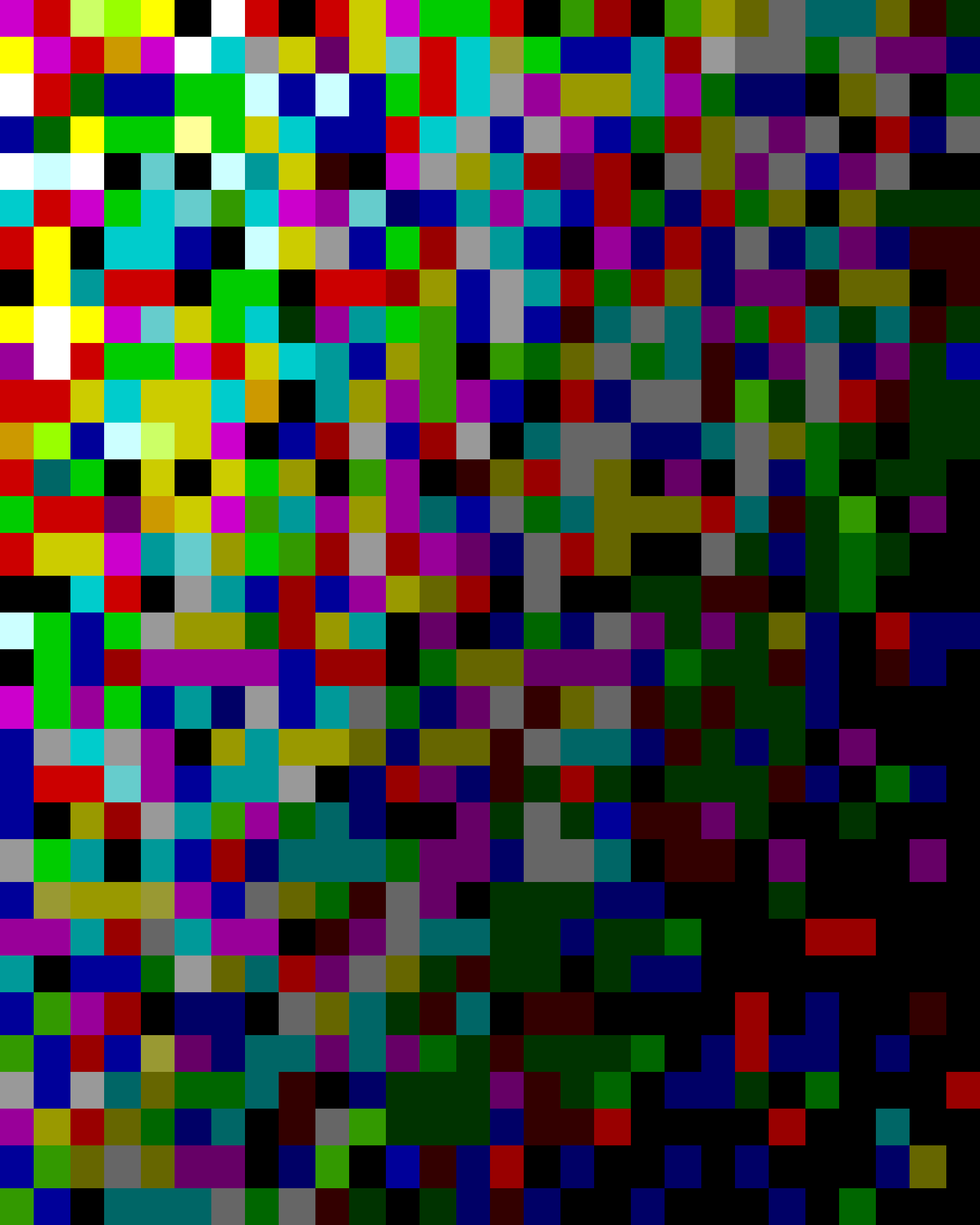Review: Gather Killer Cards Again and Again In NEOVERSE
It is amazing the levels of quality that indie games are achieving. Between easier access to better graphics and complex game systems, developers are producing games that are just as good if not better than a lot of AAA games nowadays. Neoverse is a roguelike game that mixes turn-based battle and deck building into a deep, very replayable experience even if it’s not perfect.
Let’s break the game down into three major sections: aesthetics, roguelike, and deck building. So the game looks surprisingly good on the Nintendo Switch, where this review is based. Only once in a great while that I have some slow down on frame-rates. Players can unlock a variety of costumes and various accessories to add on the characters that have meaningful benefits. The enemies and locations are fine but aren’t particularly amazing. So overall, the game is technically good to look at as a whole, but some of the parts and designs are fairly mediocre.
Now we can get to the real meat of the game. The roguelike features flow into three different modes, each of them taking the roguelike gameplay and adding some different spins to it. These differences include battle challenges, battle awards choices, gaining more materials for your deck, character leveling, or initially drafting for your deck. These elements of each game mode keeps runs feeling fresh and unique. The overall progression after every run isn’t as significant or impactful as other games, making this game feel very “pick-up and play” instead of an actual long-form progression. Players can unlock new cards, abilities, and aesthetic items for doing well, but none of them seem so significant that I would play the game in order to chase those things. That being said, each run is long enough and entertaining enough that I would pick up and play this game for the gameplay at a baseline.
The dead building of this game is in one word, extensive. There are three characters and each character’s potential decks have at least three or four keywords that stack a variety of buffs, damages, debuffs, and a lot more. It can be pretty overwhelming at first and the game should be a lot more clear about what each keyword and card does, but after a couple of rounds with the characters, you start to understand strategies and the best ways to play. I was pleasantly surprised by the uniqueness of each character and how easy it is to play with each strategy but some guidance for each character or keyword would have been a welcome touch. Along with the decks are skill points that can be used to enhance the character and their interaction with cards. These skills/abilities change up the strategies and add a lot of depth and replayability to the game. I have found that a couple of the abilities are essential to progressing far and I wish that the other abilities were just as interesting or powerful.
Tinogames engaged me a lot more than I thought I would. Between the strong roguelike runs, mostly deep progression, and impressive deck building mechanics, there’s a lot going on here. If you’ve never played a roguelike game, this one is a bit of a steep entry, especially if you’re also unfamiliar with deck building as well. I wish that the aesthetics weren’t so simple and the animations were less rigid, but if you like making decks or roguelike games to any degree, this is a pretty solid entry and recommendation.


